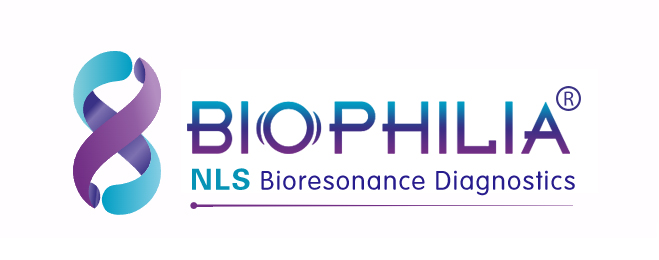Most Promising Diagnosis
- Russell
- May 05, 2023
- 1657
- 0
- 0
Currently, the non-linear diagnostic (NLS) of the Biophilia Tracker is one of the most promising diagnostics.
Visualization methods for many practical medical fields. One of the most important areas is the Biophilia Tracker for NLS diagnosis and lung abscess, but the medical literature has not paid enough attention to this issue
The traditional diagnosis of purulent destructive disease of the lungs is done by radiological studies. It remains the gold standard for detecting this pathology, but has many limitations. The most important of these - besides the exposure of the radiation patient and therapist - are the image overlay effect and the impossibility to distinguish between fluid and tissue structures at the same shadow density. NLS does not have these drawbacks, it is conceptually a visualization of pathological changes by rendering its 3D image Offers new possibilities with high spatial and dynamic resolution capabilities.
Computed tomography can also create high-resolution three-dimensional images.
However, CT is less available, so NLS studies must pay particular attention to the specific characteristics of the cohort of patients with pulmonary suppurative destructive disease and the clinical presentation of the disease. This is why in practice lung abscesses are diagnosed on the basis of clinical symptoms and chest X-ray data, but it is not always possible to identify the nature of pulmonary nodular opacities using these methods.
Applying NLS allows obtaining additional and sometimes decisive information about the pathology, but in this case the therapist must be aware of the NLS semiotics of the lung abscess.
The nonlinear diagnosis of Biophilia Tracker has played an increasingly important role in the medical field.
